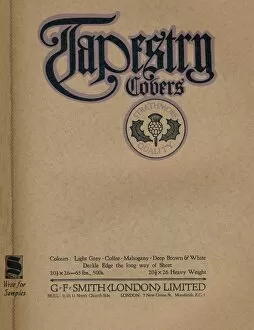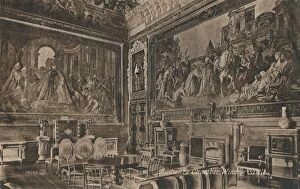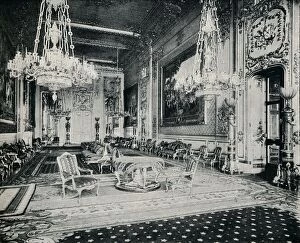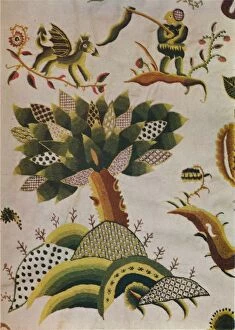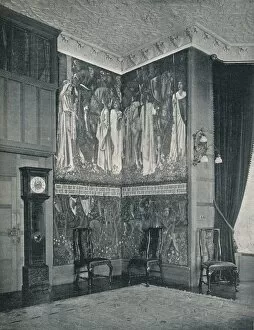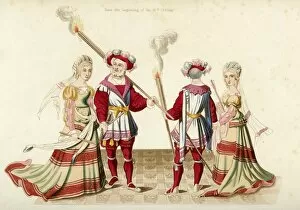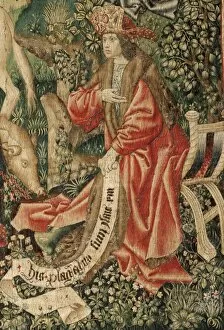Tapestries Collection (#67)
"The Bayeux Tapestry: A Historical Masterpiece Depicting the Battle of Hastings" Step back in time with the iconic Bayeux Tapestry
For sale as Licensed Images
Choose your image, Select your licence and Download the media
"The Bayeux Tapestry: A Historical Masterpiece Depicting the Battle of Hastings" Step back in time with the iconic Bayeux Tapestry, a remarkable work of art that chronicles one of history's most pivotal moments – the Battle of Hastings. Created between 1066 and 1077, this tapestry transports us to Normandy, France, where King Harold's foot soldiers stand valiantly armed with spears and battle axes. As we delve deeper into its intricate details, we witness the death of King Harold himself. The tapestry captures the heart-wrenching moment when an arrow finds its mark in his eye, forever etching this tragic event into our collective memory. But it is not just war that unfolds before our eyes; scenes of preparation for battle also grace this magnificent textile. We see craftsmen building ships with meticulous care as they ready themselves for impending conflict. Their dedication and skill are evident in every stitch. The clash between Norman cavalry and Harolds' steadfast foot soldiers forming a shield wall is another captivating scene depicted on this historical masterpiece. It showcases both bravery and strategy amidst chaos and turmoil. While the Bayeux Tapestry stands as an exceptional example from medieval Europe, it is not alone in its significance. Diego Velasquez's "Las Hilanderas" (The Spinners), painted in 1657 but recreated around 1934, offers another glimpse into the world of tapestries. This Spanish artwork beautifully portrays women engrossed in their craft while highlighting their importance within society. Returning to the Bayeux Tapestry itself, we witness William steering his ship amidst an invasion fleet using a signal lantern on mast and stern – a symbol of leadership guiding them towards victory or defeat. Even celestial events find their place within these woven threads; crowds point excitedly at Halleys Comet illuminating February 1066 skies above Normandy – perhaps seen as a sign of impending change and upheaval.

